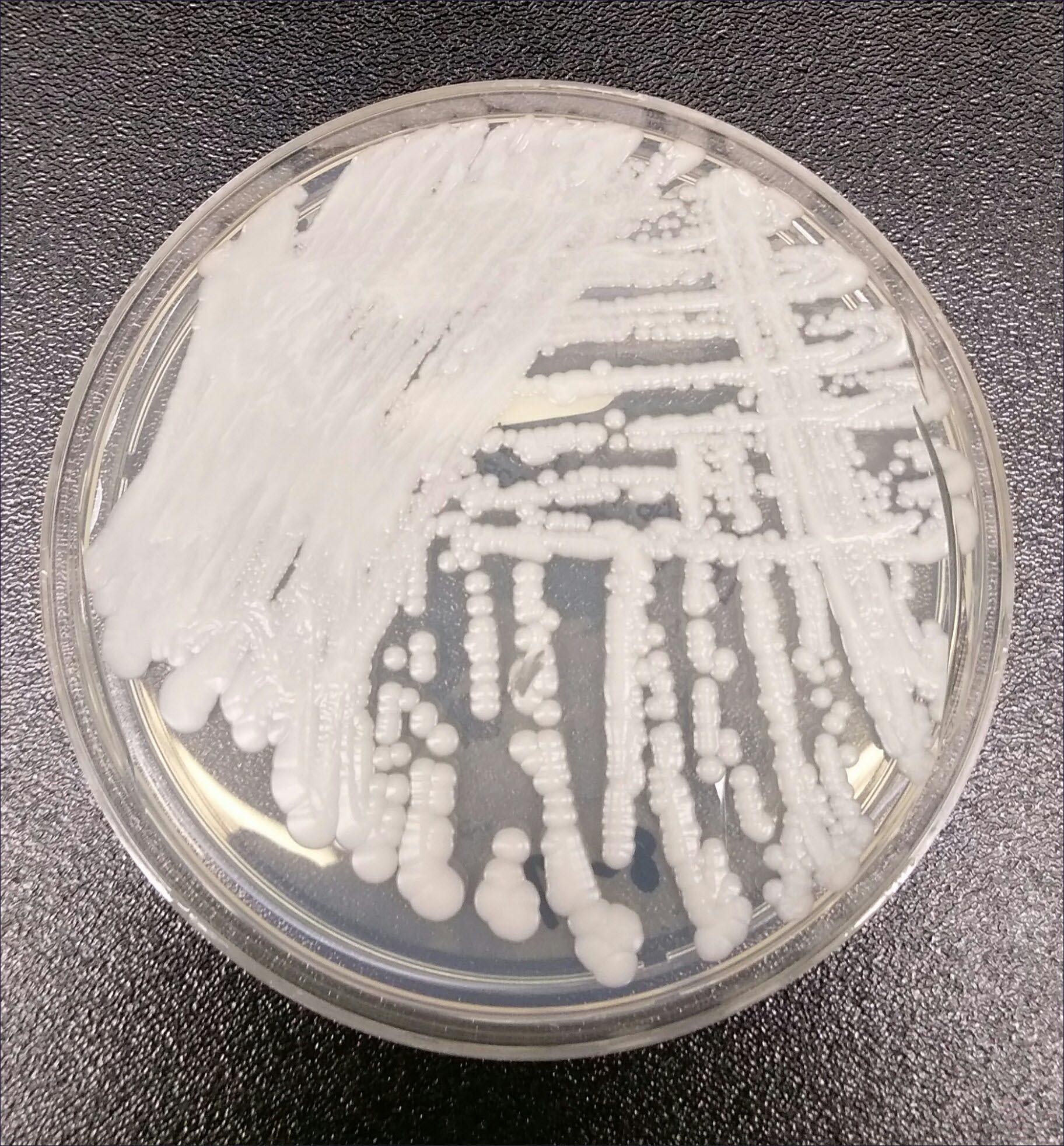No pan-resistant C. auris isolates in NYC outbreak
Click Here to Manage Email Alerts
ATLANTA — An analysis of nearly 700 Candida auris isolates from New York City showed that none were resistant to all three classes of antifungals, according state researchers.
That may be a good indicator for the rest of the country, said Brittany O’Brien, MS, assistant research scientist at Wadsworth Center, the state public health research facility in Albany, New York.
No state has reported more C. auris cases than New York — in fact, around 60% of all clinical C. auris isolates in the country have come from the state, according to the CDC. Cases are mostly occurring in New York City, which has experienced a large outbreak of the invasive and often multidrug-resistant fungus.
At ASM Microbe, O’Brien presented resistance data from 633 clinical and surveillance isolates taken from patients in New York City.
“It’s probably the most data we have from anywhere,” O’Brien told Infectious Disease News. “We have so many samples that it gives us a lot of information.”

C. auris has been compared to a superbug. It can survive on hospital surfaces for long periods and isolates from other countries have shown resistance to all three antifungal classes. In addition, the pathogen is difficult to identify with standard laboratory methods, leading to misidentification and inappropriate treatment, according to the CDC. It can spread from patient to patient or from surface to patient in the health care setting, causing nosocomial outbreaks.
Testing C. auris isolates for susceptibility to antifungals is critical to determine resistance trends, O’Brien said. Her study summarized resistance trends of C. auris isolates collected in New York City in 2016 and 2017.
Among 183 clinical isolates, 99% were resistant to fluconazole and 32% were resistant to both fluconazole and amphotericin B, according to O’Brien. Likewise, 99% of the 450 surveillance isolates were resistant to fluconazole, and 48% were resistant to both fluconazole and amphotericin B. O’Brien said the high level of resistance to fluconazole was not surprising considering all the isolates were from New York City. The CDC estimates that 90% of all C. auris isolates in the United States are resistant to the medication.
“New York City seems to have this strain that is particularly resistant to fluconazole,” she said.
Additionally, two clinical and six surveillance isolates exhibited resistance to echinocandins and fluconazole, O’Brien said. However, no isolates were found to be resistant to all three classes of antifungals.
The CDC recommends echinocandins as initial therapy to treat C. auris because most strains in the U.S. have been susceptible to them. O’Brien said four of the six surveillance isolates resistant to echinocandins in the New York study likely came from the same person.
“In addition, we’re not seeing echinocandin resistance spread, which is also good,” she said. “At least one of the patients with echinocandin resistance was cured of the infection. That’s also very promising as well.”
The CDC highly recommends that any physician caring for a patient with C. auris consult with an infectious disease specialist. Dosing recommendations for adults and children can be found on the CDC’s website. – by Gerard Gallagher
Reference:
O’Brien B. Abstract AAR LB14. Presented at: ASM Microbe; June 7-11, 2018; Atlanta.
Disclosure: O’Brien reports no relevant financial disclosures.


